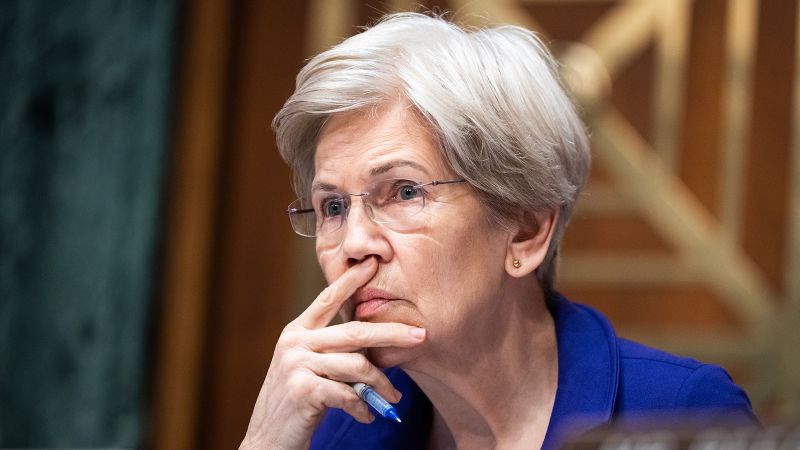Texas Hospitals Brace for Future Challenges Amid Medicaid Cuts

Texas is facing a potential crisis in its healthcare system as federal cuts to the Affordable Care Act (ACA) and Medicaid loom on the horizon, expected to take effect next year. While recent negotiations have spared hospitals and clinics from the most severe reductions, concerns about rising uninsured rates and their impact on health outcomes remain critical.
With over 4 million Texans currently enrolled in a limited Medicaid program, eligibility is restricted to certain groups, including children, pregnant women, seniors, and low-income parents. The state’s healthcare advocates are relieved that key provisions, such as a proposed reduction in the federal match rate for Medicaid and the elimination of provider taxes, were excluded from the recent legislation. These measures could have led to significant financial strain, particularly for rural hospitals that depend heavily on Medicaid reimbursements.
Despite dodging immediate disaster, Texas is projected to lose approximately $1.2 billion in Medicaid funding due to changes in the federal bill. On the other hand, a last-minute addition of a rural hospital fund is expected to provide $1.6 billion over the next five years, according to estimates from the National Rural Hospital Association. John Hawkins, CEO of the Texas Hospital Association, expressed a sense of relief, stating, “From THA’s standpoint, there’s simply a sense of deep relief on the other side of this finish line.”
Long-term Concerns for Texas Hospitals
While immediate threats have been mitigated, long-term implications pose significant challenges. The ability for Texas jurisdictions to impose a provider tax on private hospitals has been preserved but is now frozen at a maximum rate of 6%. This limitation could hinder future revenue generation, particularly for those areas that have not yet implemented a tax.
To address potential revenue shortfalls, a five-year, $50 billion fund has been established for rural hospitals. During the first half of the program, funding will be distributed equally among states, which may disadvantage Texas due to its larger population. However, funding will be allocated based on rural hospital expenditures in the latter half, potentially benefiting Texas’ rural healthcare facilities.
Currently, 15 rural hospitals are at risk of closure. John Henderson, CEO of the Texas Organization of Rural and Community Hospitals, expressed concern about the long-term effectiveness of the rural hospital fund. “Coverage matters, whether it be Medicaid or commercial,” he noted, emphasizing that a lack of patient coverage increases the burden on hospitals.
The Rising Uninsured Rate
The number of uninsured Texans is already significant, estimated at nearly 5 million. Following the anticipated changes from the ACA, this figure could rise by an additional 1.7 million, according to the health policy nonprofit KFF. This increase is likely to exacerbate existing challenges within the healthcare system.
The consequences of a growing uninsured population are profound. Individuals without insurance typically avoid seeking medical care, particularly preventive services, leading to deteriorating health outcomes and increased medical debt. Hospitals, obligated to provide emergency care, face rising instances of uncompensated care, placing additional strain on their resources.
Health clinics, essential for managing patients’ health, are expressing worries about the potential fallout from rising uninsured rates. Brian Sasser, chief communications officer at the Episcopal Health Foundation, highlighted that some clinics rely on Medicaid for over 50% of their funding. With anticipated losses from both Medicaid and ACA changes, these clinics may be forced to reduce services or close altogether.
Paula Walker, executive director of the Texas Association of Charitable Clinics, voiced similar concerns, noting that the clinics serve over 220,000 Texans annually who lack insurance. “We manage chronic disease for the uninsured,” Walker explained. If the projected increase in uninsured individuals occurs, these clinics could become overwhelmed, leading to worse outcomes for patients who delay seeking care until their conditions become critical.
Healthcare advocates warn that failing to address the needs of uninsured individuals will have dire consequences. Lynn Cowles, health and food justice director at the think tank Every Texan, pointed out that individuals without coverage might avoid seeking emergency care for serious conditions, which could ultimately lead to fatal consequences.
As Texas navigates the complexities of federal healthcare funding and rising uninsured rates, the future of its healthcare system hangs in the balance. The state’s leaders, healthcare providers, and advocates will need to collaborate to ensure that vulnerable populations continue to receive the care they need.






